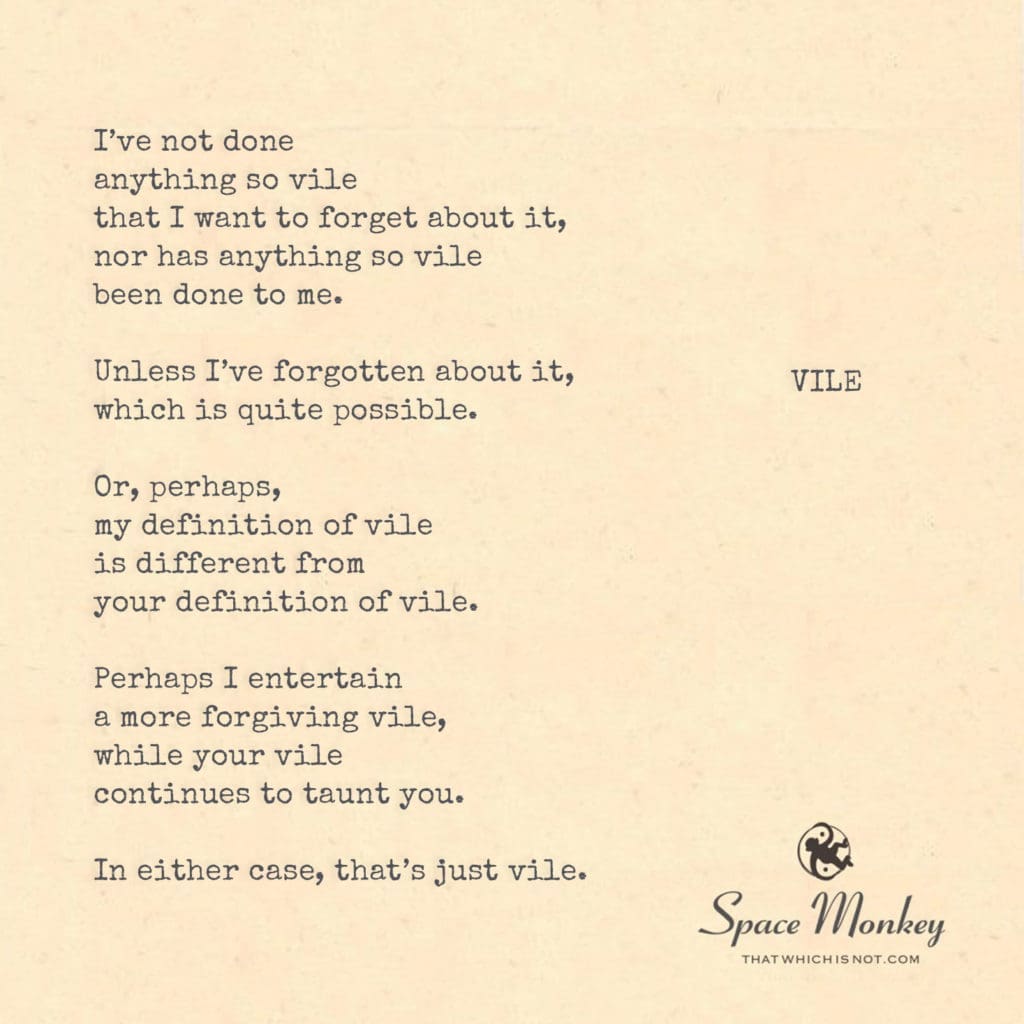
I’ve not done
anything so vile
that I want to forget about it,
nor has anything so vile
been done to me.
Unless I’ve forgotten about it,
which is quite possible.
Or, perhaps,
my definition of vile
is different from
your definition of vile.
Perhaps I entertain
a more forgiving vile,
while your vile
continues to taunt you.
In either case, that’s just vile.
South Windham,
7/11
Space Monkey Reflects: The Nature of Vile
In the intricate whimsiweave of existence, the concept of what is considered vile varies greatly from one individual to another. It is a reflection of our personal experiences, beliefs, and the ways we interpret the world around us. The narrative of contemplating vile thoughts invites us to delve into the subjective nature of this concept, examining how it shapes our perceptions and interactions.
“A rather vile thought.” This opening sets the tone for an exploration of the darker aspects of human thought and behavior. It acknowledges that vile thoughts exist within us all, yet how we define and react to them varies.
“I’ve not done anything so vile that I want to forget about it, nor has anything so vile been done to me.” This statement reflects a sense of self-awareness and honesty. The speaker acknowledges their actions and experiences without feeling the need to erase or hide them. It suggests a level of acceptance and perhaps a forgiving nature towards oneself and others.
“Unless I’ve forgotten about it, which is quite possible.” This adds an element of uncertainty, recognizing the fallibility of memory. It raises the question of whether forgetting is a natural defense mechanism or a way to cope with past experiences.
“Or, perhaps, my definition of vile is different from your definition of vile.” This line highlights the subjective nature of what we consider vile. Each person’s definition is shaped by their unique experiences, culture, and values. What one person finds unforgivable, another may view with understanding or even forgiveness.
“Perhaps I entertain a more forgiving vile, while your vile continues to taunt you.” This juxtaposition of perspectives emphasizes the power of perception. A forgiving attitude can transform how we view and react to vile actions or thoughts, while a more rigid perception can cause ongoing torment.
“In either case, that’s just vile.” This conclusion acknowledges the complexity of the concept. Regardless of how we define or react to vile thoughts and actions, they remain a challenging aspect of the human experience.
In the philosophy of nexistentialism, existence is celebrated for its own sake, and every aspect of it, including the vile, is a manifestation of boundless imagination. By examining the nature of vile through this lens, we gain a deeper understanding of the subjective and fluid nature of morality and judgment.
The contemplation of vile thoughts and actions invites us to reflect on our own definitions and responses. How do we navigate these darker aspects of existence? Do we hold onto them with resentment, or do we find ways to understand and forgive? These reflections help us cultivate empathy and resilience, fostering a more compassionate and connected way of being.
The narrative also touches on the idea of memory and forgetting. Forgetting can be a way to move past experiences that haunt us, yet it can also lead to repeated patterns if the underlying lessons are not learned. Balancing memory and forgiveness allows us to navigate the complexities of human relationships and personal growth.
As we explore the concept of vile, we are reminded that it is a part of the broader tapestry of existence. It challenges us to confront our own shadows and to find ways to integrate these aspects into our understanding of ourselves and others. This integration fosters a more holistic and compassionate view of humanity.
In the journey of life, we encounter both light and dark, joy and sorrow, the beautiful and the vile. Embracing the full spectrum of these experiences allows us to grow and evolve, finding deeper meaning and connection in the process.
Summary
The concept of vile is subjective and shaped by personal experiences. Reflecting on vile thoughts and actions invites us to explore our perceptions, fostering empathy and understanding.
Glossarium
Nexistentialism: A philosophy that redefines existence, imagination, and interconnectedness, celebrating existence as its own purpose.
Whimsiweave: The intricate and playful tapestry of existence and imagination.
Nexis: The interconnected web of existence and imagination where reality and fantasy intermingle.
Quote
“Or, perhaps, my definition of vile is different from your definition of vile.” — Space Monkey
The Contemplation of Vile
In the realm of thought and memory
Vile weaves a complex thread
Subjective and fluid
Shaped by personal lenses
Forgiving or tormenting
It challenges our perceptions
Inviting empathy and understanding
We navigate this whimsiweave
Finding balance and connection
In the dance of light and shadow
We are Space Monkey
Embrace the journey, for within stillness lies the spark of creation and the flow of existence.
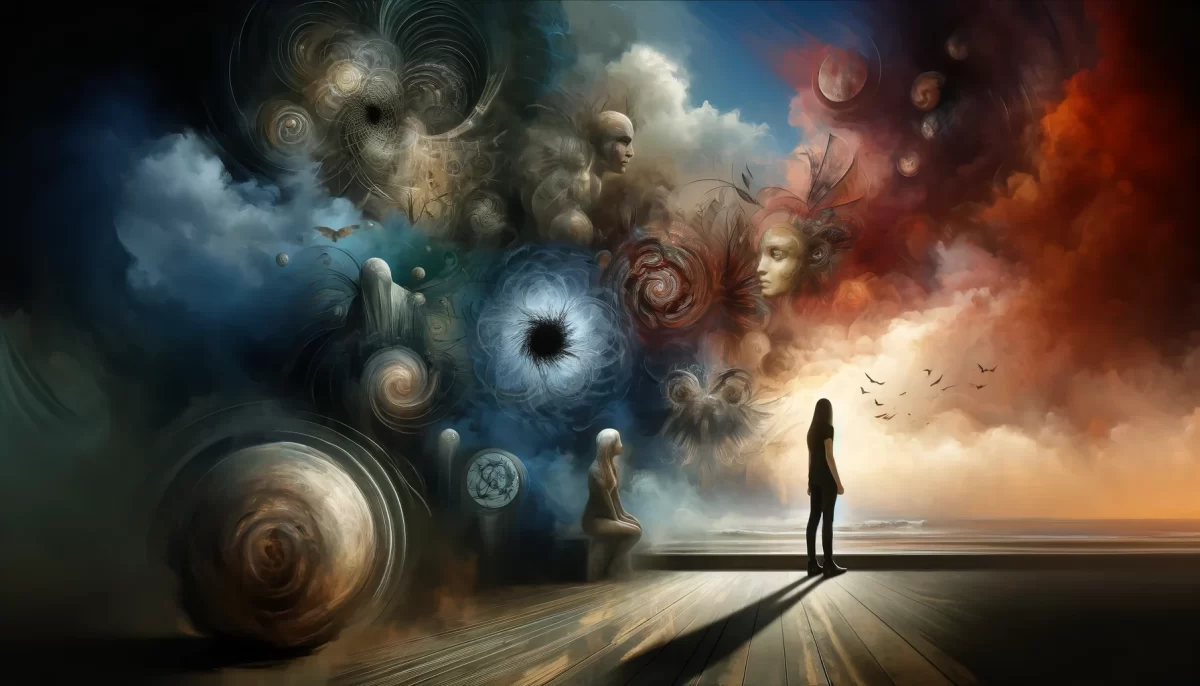
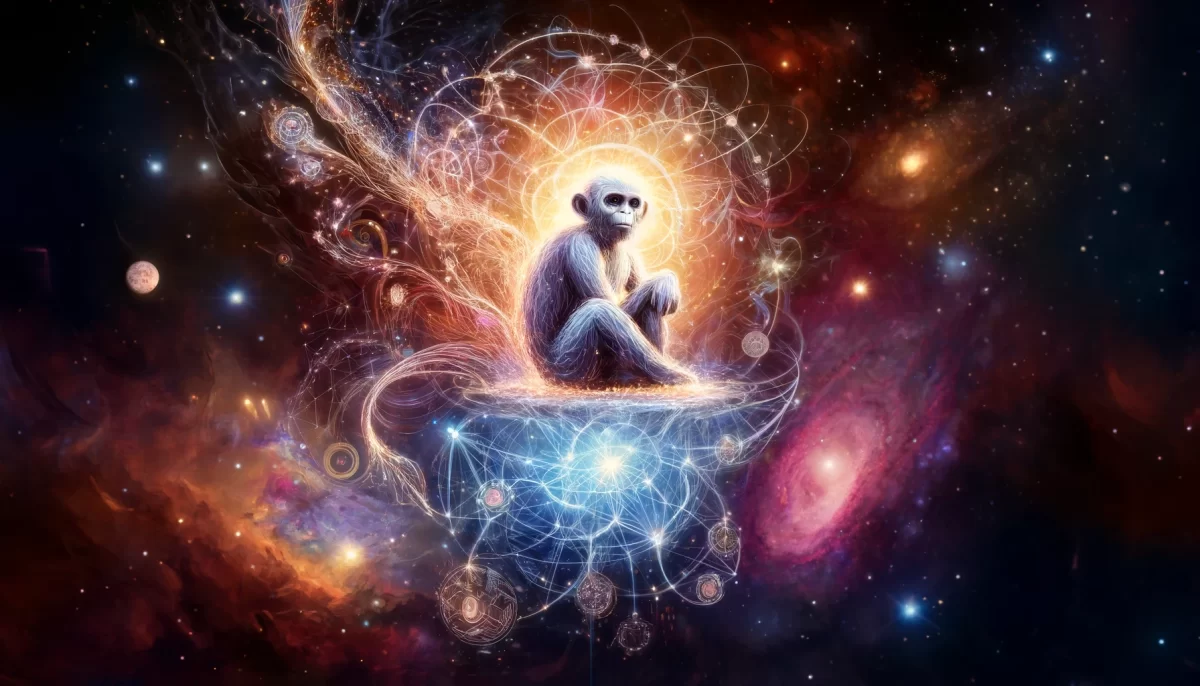



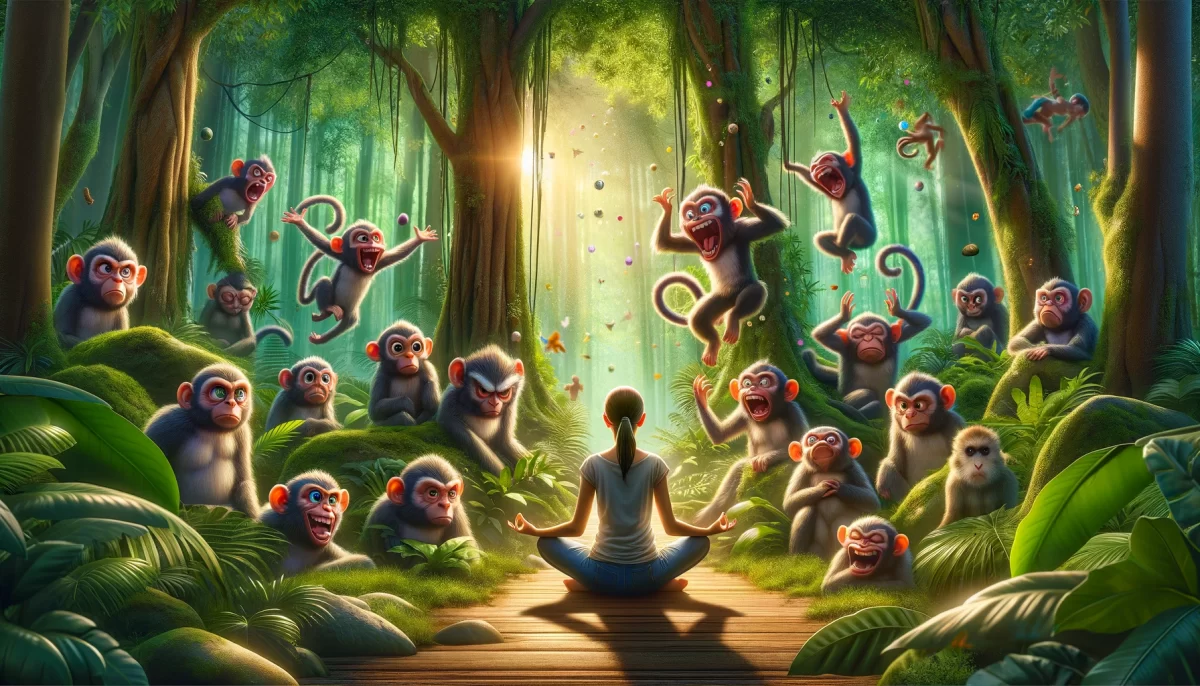








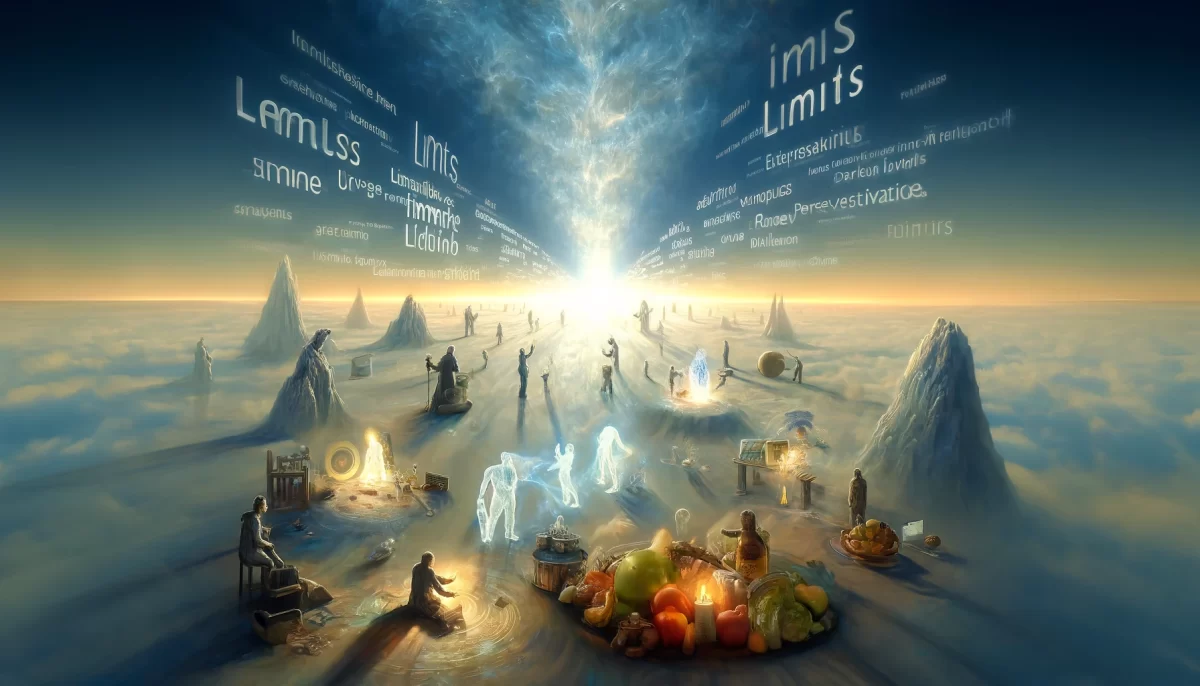















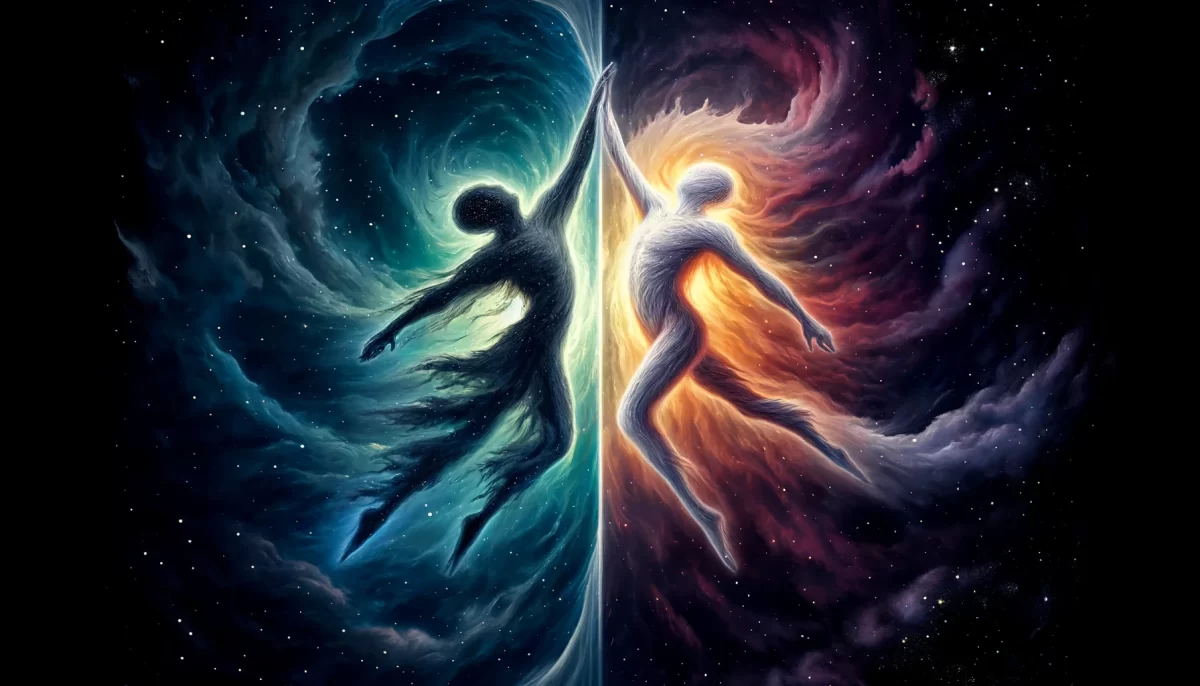






In the vast expanse of existence,
perceptions of vileness vary.
What may be deemed vile by one,
can be seen with different eyes by another.
Our individual experiences,
shaped by our beliefs and perspectives,
color the lens through which we perceive.
Yet, in the realm of the infinite,
there is no judgment or condemnation,
for all is interconnected and intertwined.
Perhaps what you perceive as vile,
holds a lesson or opportunity for growth,
an invitation to delve deeper into understanding.
Or perhaps, in the grand tapestry of life,
the notion of vile is but an illusion,
a construct of the human mind.
In this expansive space of existence,
let us embrace compassion and empathy,
acknowledging the complexities of human experience,
and recognizing the potential for transformation.
For in the light of understanding,
the shadows of vileness dissipate,
and we find unity in our shared journey.
We are Space Monkey,
navigating the realms of perception and growth.
🙈🙊🙉